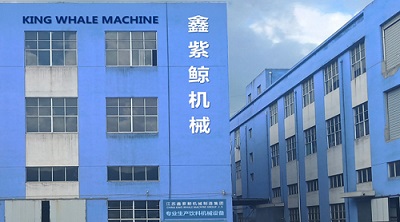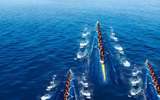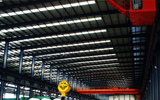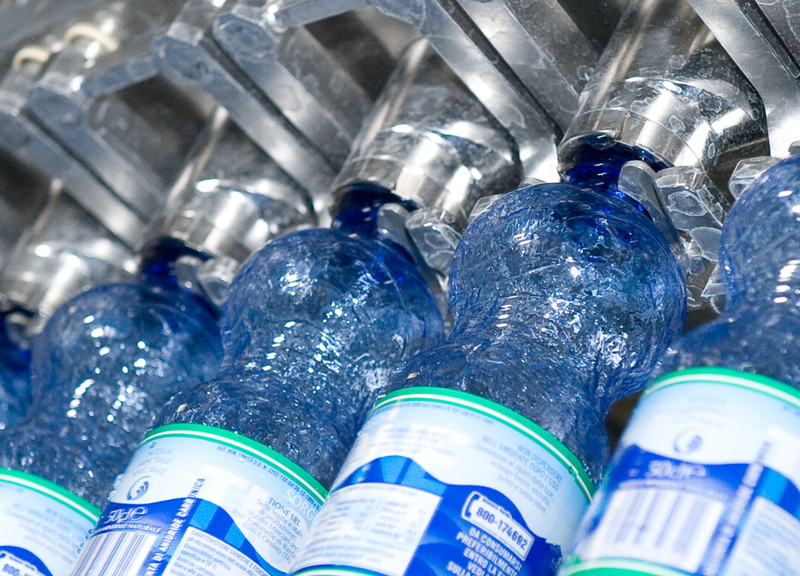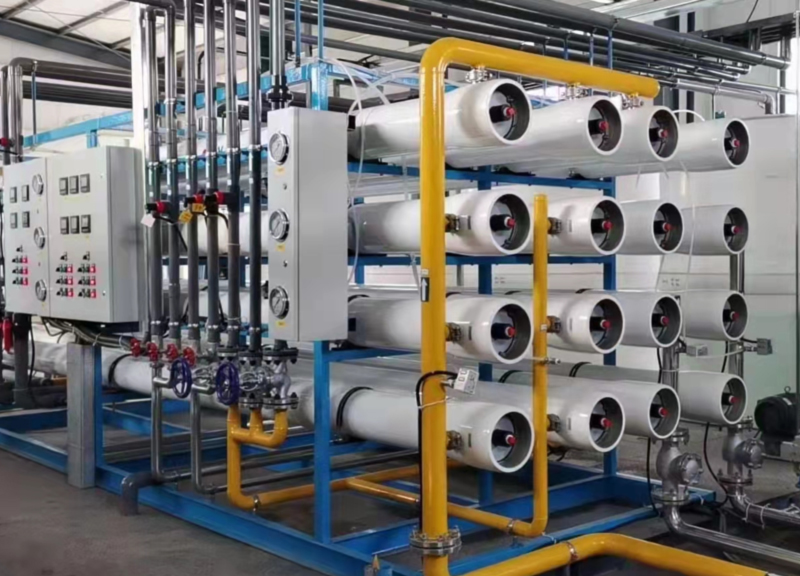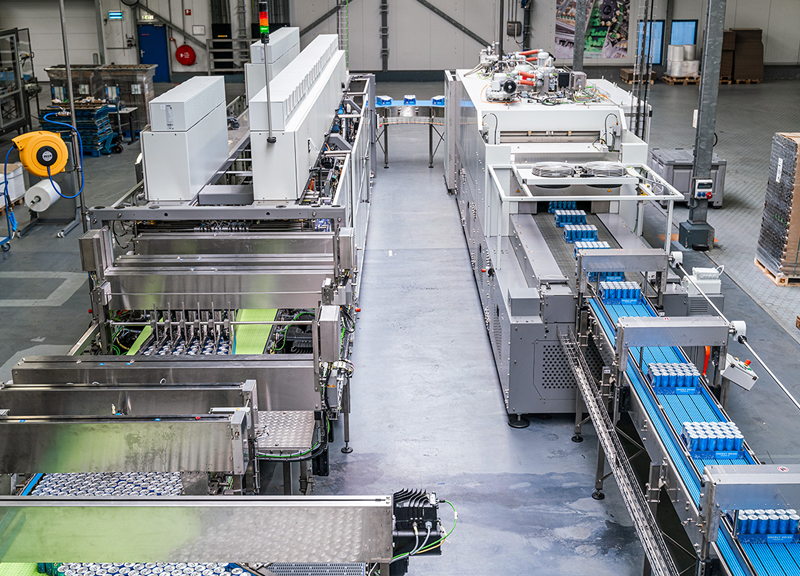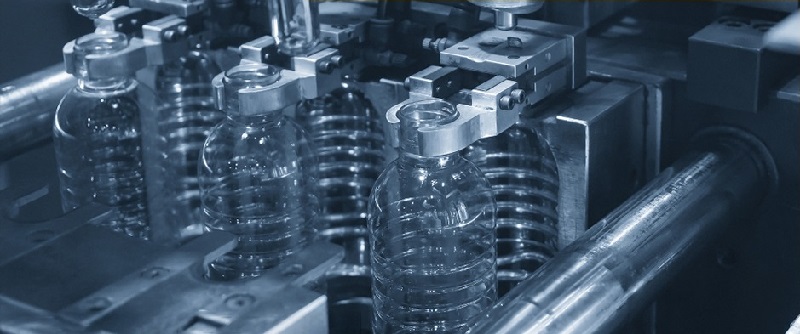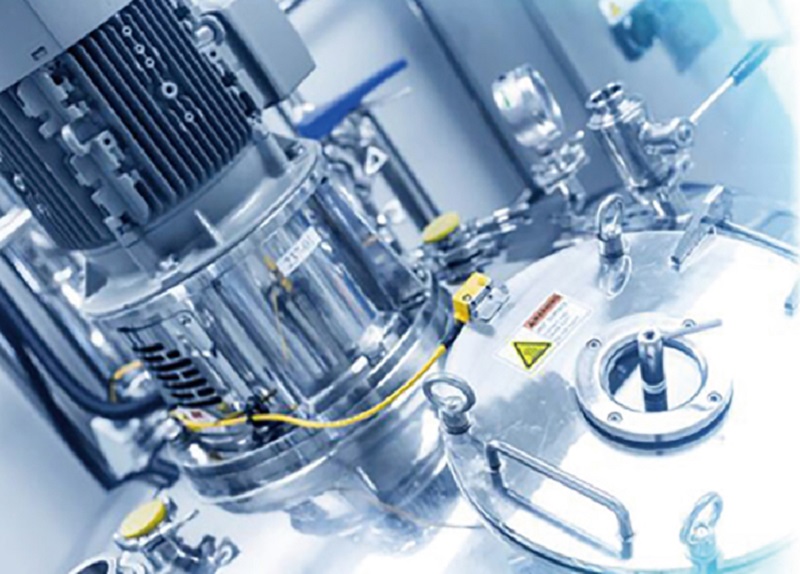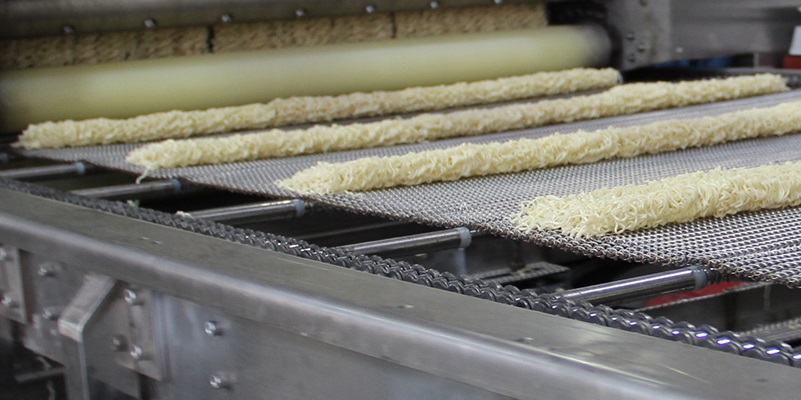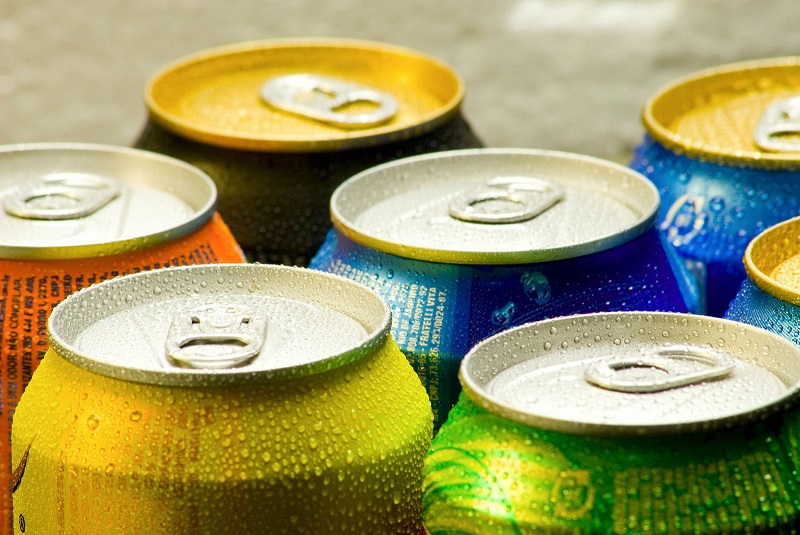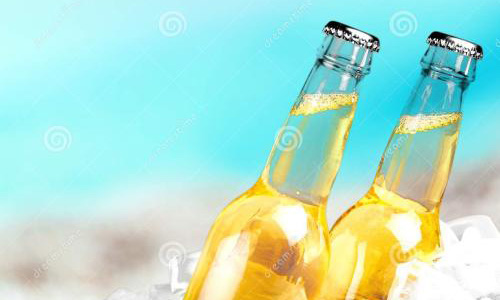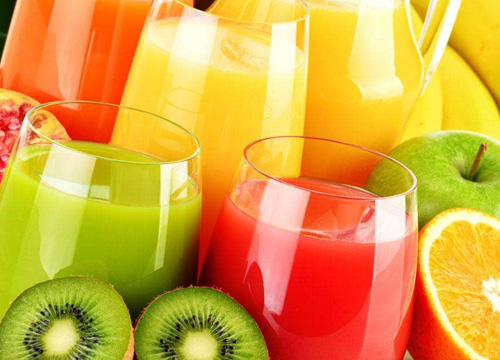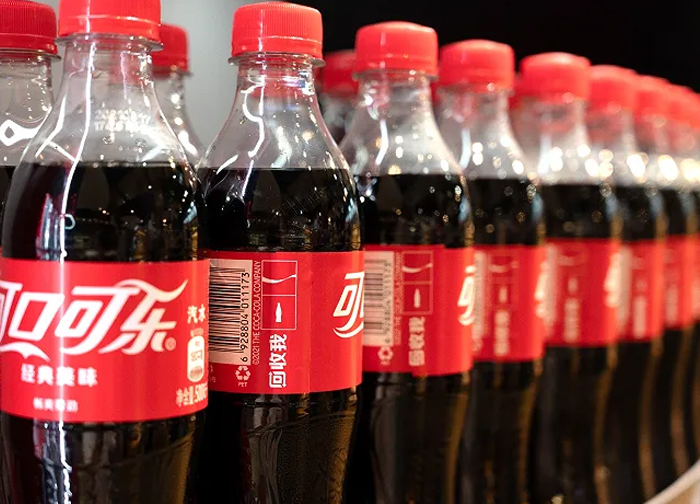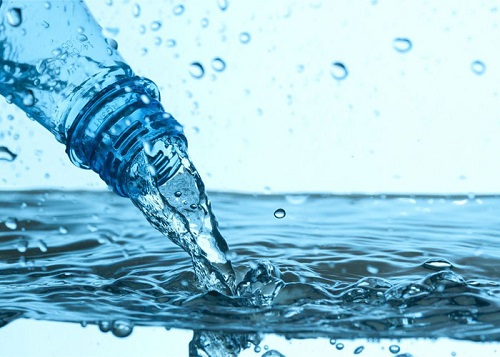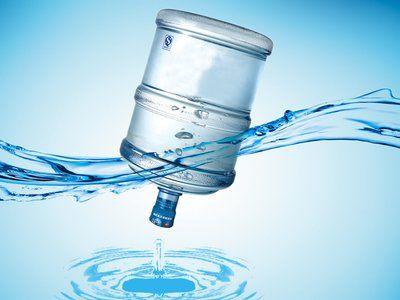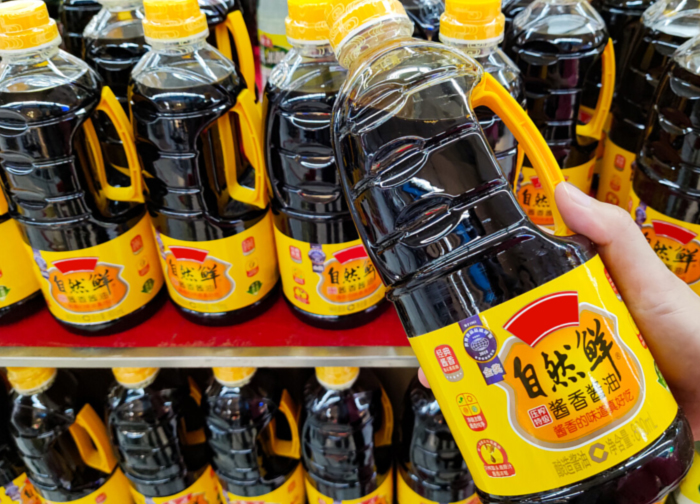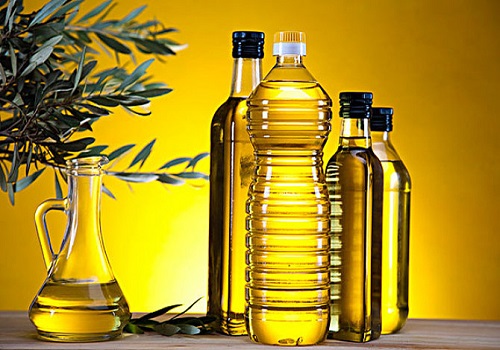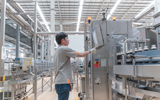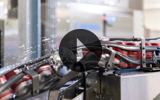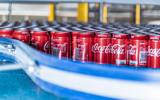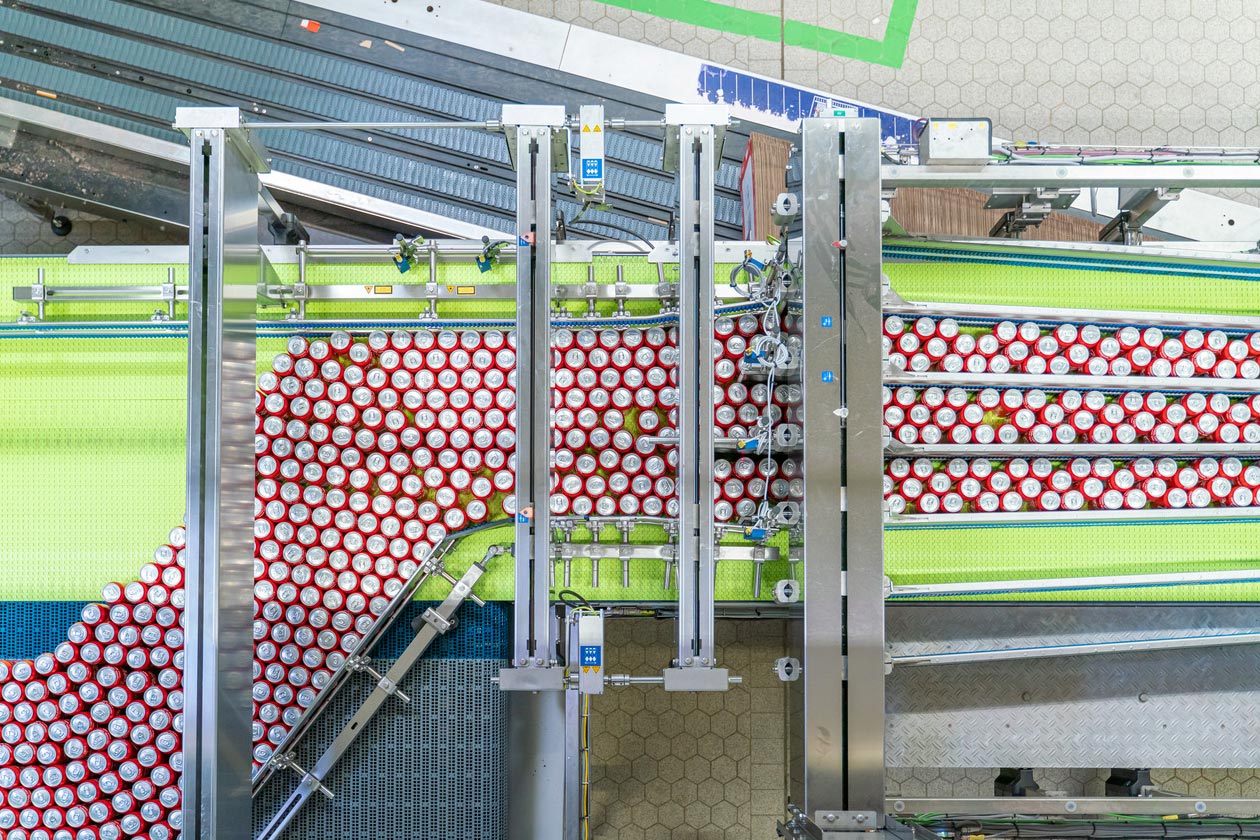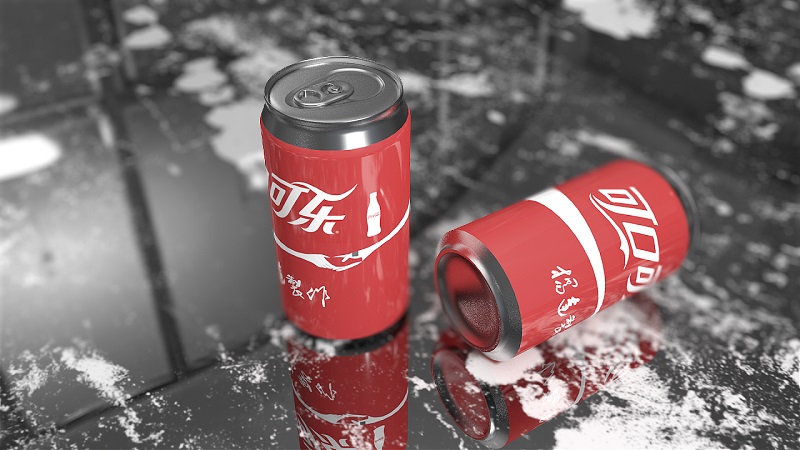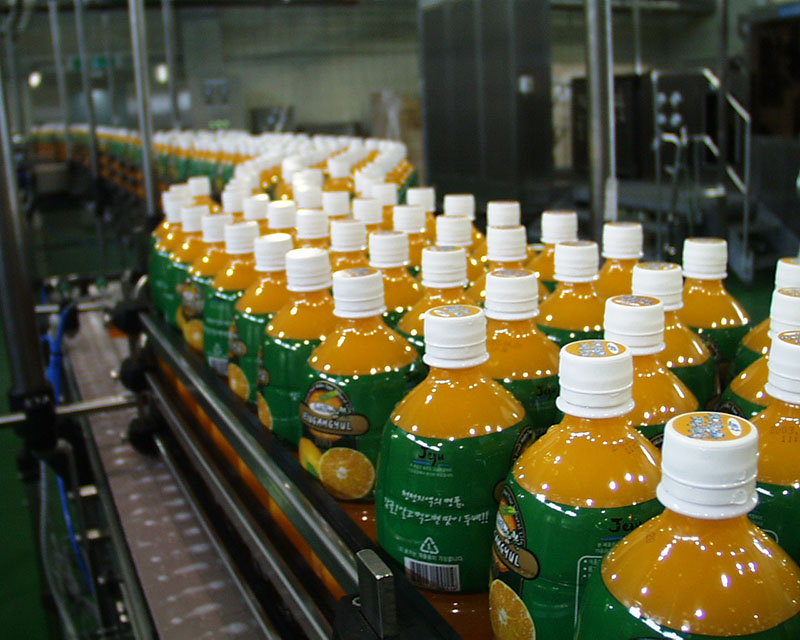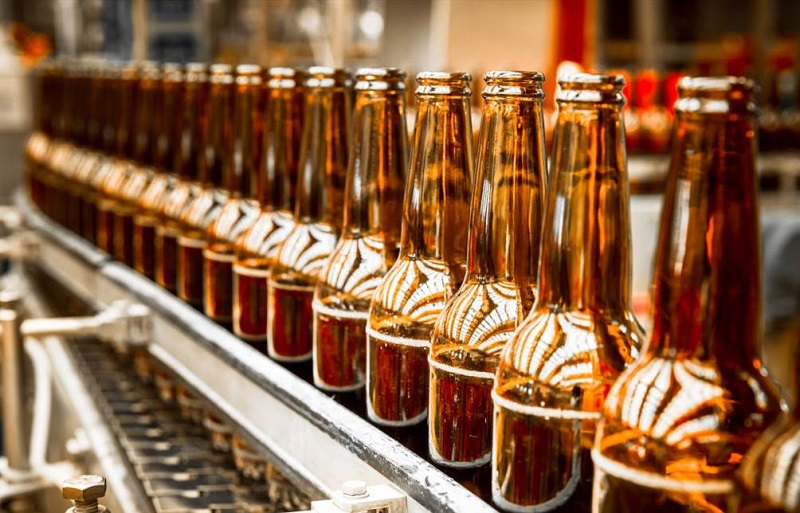In the realm of beverage production, the process of bottling water is crucial to ensure product safety and quality. This guide provides an in-depth look into the bottled water filling process, highlighting the essential steps involved, the technology used, and the best practices for maintaining high standards.
Introduction to Bottled Water Filling
Bottled water is a popular consumer product that requires stringent processes to ensure it meets health and safety standards. The filling process is a critical stage in the production line, where water is transferred from large storage tanks into individual bottles. This process must be executed with precision to avoid contamination and ensure the water remains fresh.

Steps in the Bottled Water Filling Process
The bottled water filling process generally involves several key stages:
1. Water Treatment: Before filling, water undergoes rigorous treatment to remove impurities. This treatment may include filtration, reverse osmosis, and UV sterilization. The goal is to ensure that the water is pure and safe for consumption.
2. Bottle Preparation: Bottles are cleaned and sterilized before they are filled. This step involves rinsing bottles with a sanitizing solution and ensuring they are free from dust, dirt, and any contaminants. The bottles are then dried to prevent any moisture from affecting the filling process.
3. Filling: During the filling stage, treated water is transferred into the prepared bottles. This process is often automated to ensure consistency and efficiency. Different types of filling machines are used depending on the bottle type and the desired fill level. The machine ensures that each bottle is filled accurately and sealed properly to maintain quality.
4. Capping and Labeling: Once filled, bottles are capped using specialized machines that ensure a tight seal. Proper capping is crucial to prevent leaks and contamination. After capping, bottles are labeled with important information, including the brand, expiration date, and any required regulatory information.
5. Quality Control: The final stage involves rigorous quality control checks. Samples from each batch are tested for purity, fill level, and seal integrity. This step ensures that only high-quality products reach the consumer.
Technology and Equipment in Bottled Water Filling
Modern bottled water filling lines are equipped with advanced technology to enhance efficiency and precision. Some of the key technologies include:
- Automated Filling Machines: These machines use sensors and programmable logic controllers (PLCs) to ensure accurate filling. They can handle different bottle sizes and types, making them versatile and efficient.
- Clean-in-Place (CIP) Systems: CIP systems are used for the automatic cleaning and sanitizing of equipment without requiring disassembly. This ensures that the production line remains hygienic and reduces downtime.
- Inline Quality Testing: Real-time monitoring and testing systems are integrated into the production line to detect any deviations from quality standards. This allows for immediate adjustments and ensures consistency.
- Robotic Systems: Robots are increasingly used for tasks such as packing and palletizing. They improve efficiency and reduce the need for manual labor.
Conclusion
Understanding the bottled water filling process is essential for ensuring that consumers receive a high-quality product. From rigorous water treatment to advanced technology in filling and capping, each stage plays a vital role in maintaining the safety and freshness of bottled water. By adhering to best practices and utilizing modern equipment, producers can ensure that their bottled water meets the highest standards of quality and safety.

